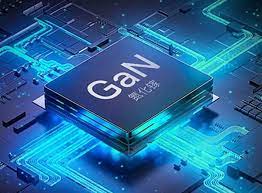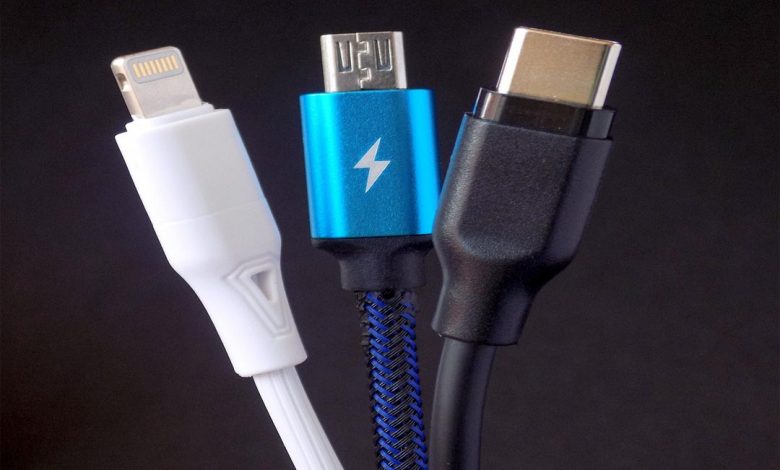GaN, also known as Gallium Nitride chargers are ten times faster at charging your phones than a standard charger, allowing you to take them anywhere and still have access to more power. These chargers are about three times as effective at converting power to electricity as silicon-based chargers, and they’re also much smaller and more portable.
Because to GaN’s resistance to high temperatures, chargers last a lot longer while producing less heat.
GaN technology has swiftly gained popularity as the ideal semiconductor amongst chargers, increasing the likelihood of generating more capable gadgets while consuming less electricity later on.
GaN chargers are preferred over silicon-based chargers primarily because they require less energy because electricity is converted to alternating current more effectively. GaN chargers will soon be seen in smartphones as well as other electronics.
With the Galaxy S4, a smartphone that Samsung Electronics produced earlier this year, a GaN charger was first used.
Since the 1980s, silicon has been the material of choice for transistors. Despite having a cheaper manufacture cost than more conventional materials like copper tubes, silicon absorbs energy more effectively.
The landscape of chargers has quickly evolved as a result of technological improvements over the years. GaN is a peculiar substance. It is a material that resembles crystals and can transmit much greater voltages. Electrical current can move through GaN transistors more quickly.
It also has quite a few of the pros and cons itself. The benefits are that it is better than silicon chargers at converting alternating current to direct current, allowing you to charge your mobile devices more quickly and efficiently. Your devices will operate more efficiently and heat-resistant with GaN chargers, extending their lifespan.
GaN can be used in place of silicon to bring things closer together. A powerful portable charger that is small and easy to take anywhere without sacrificing power can be created by packing more computer power into a smaller space.
It has a few of the cons as well like the fact that as not many standard consumer tech goods have started making them, they are more expensive to build than silicon-based chargers. GaN technology isn’t being used by as many charger makers as it should be for this reason, although that situation is likely to change as manufacturing and price fall down. Yet now that this amazing technology has matured, many firms are benefiting from it.








